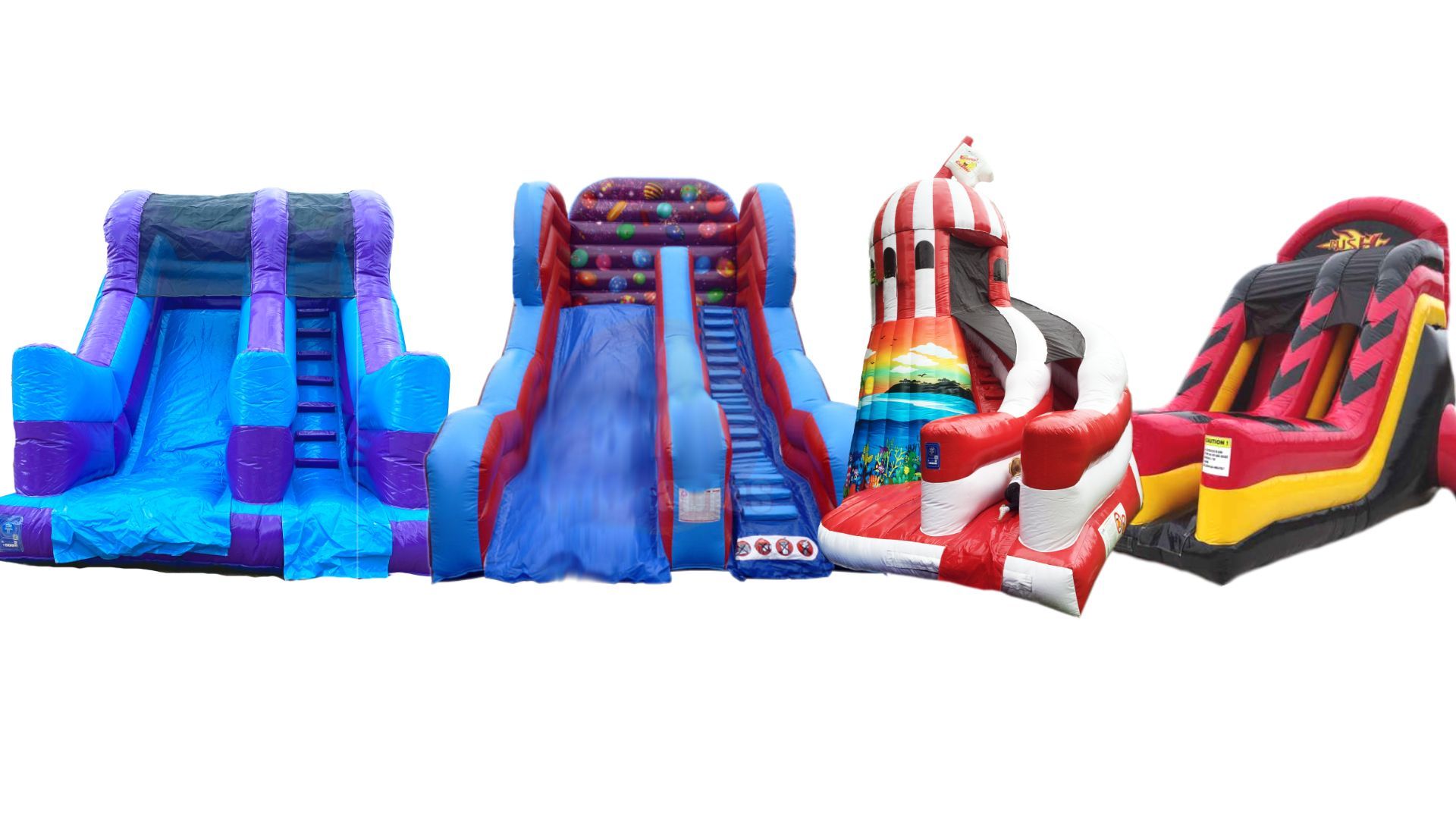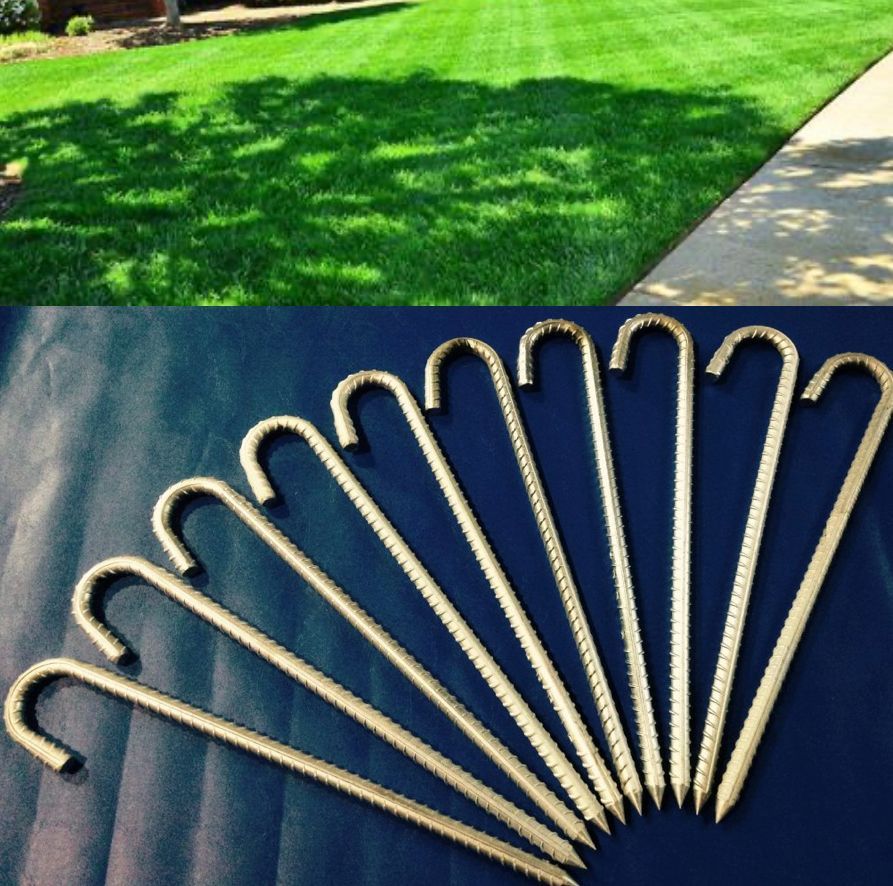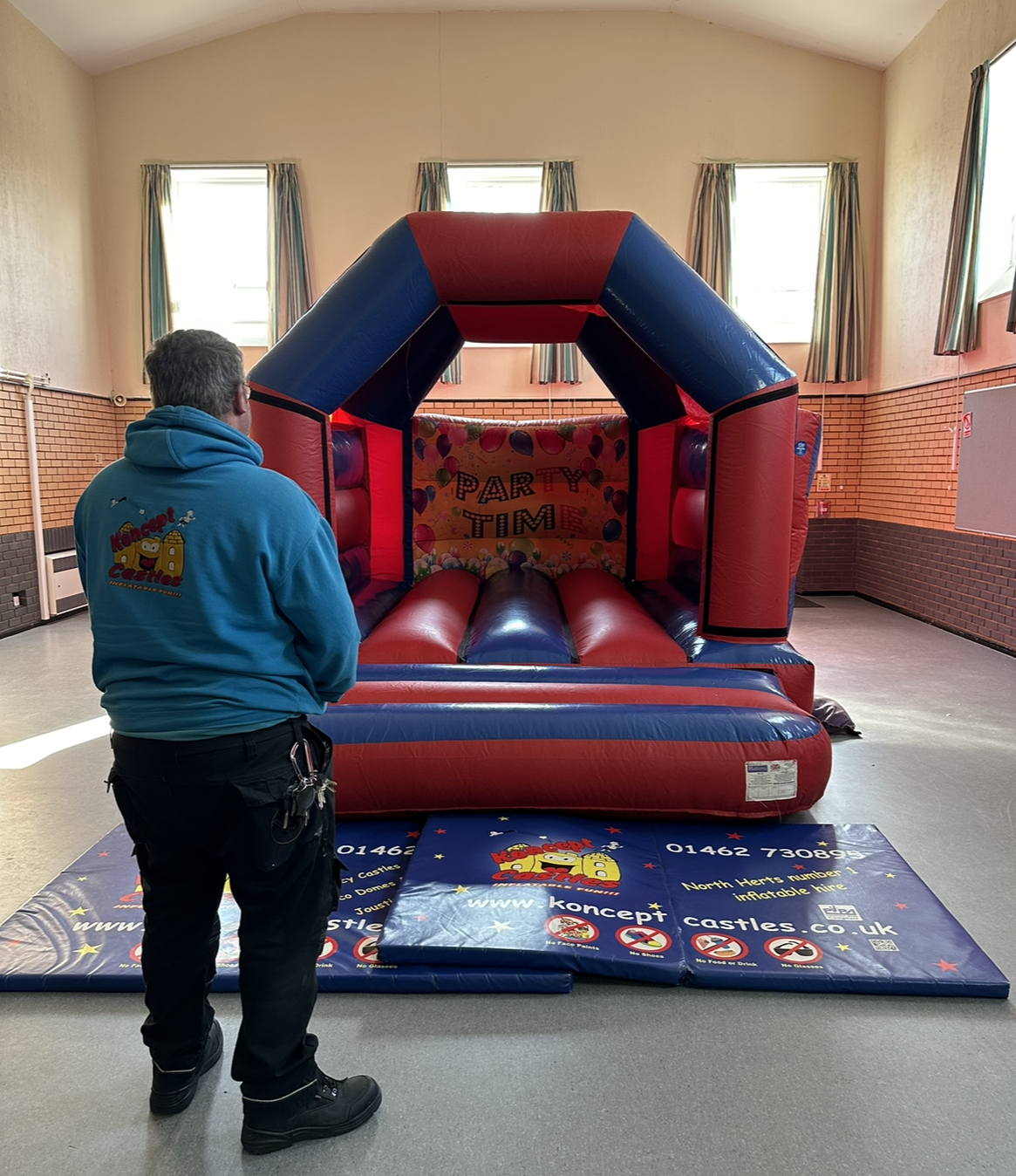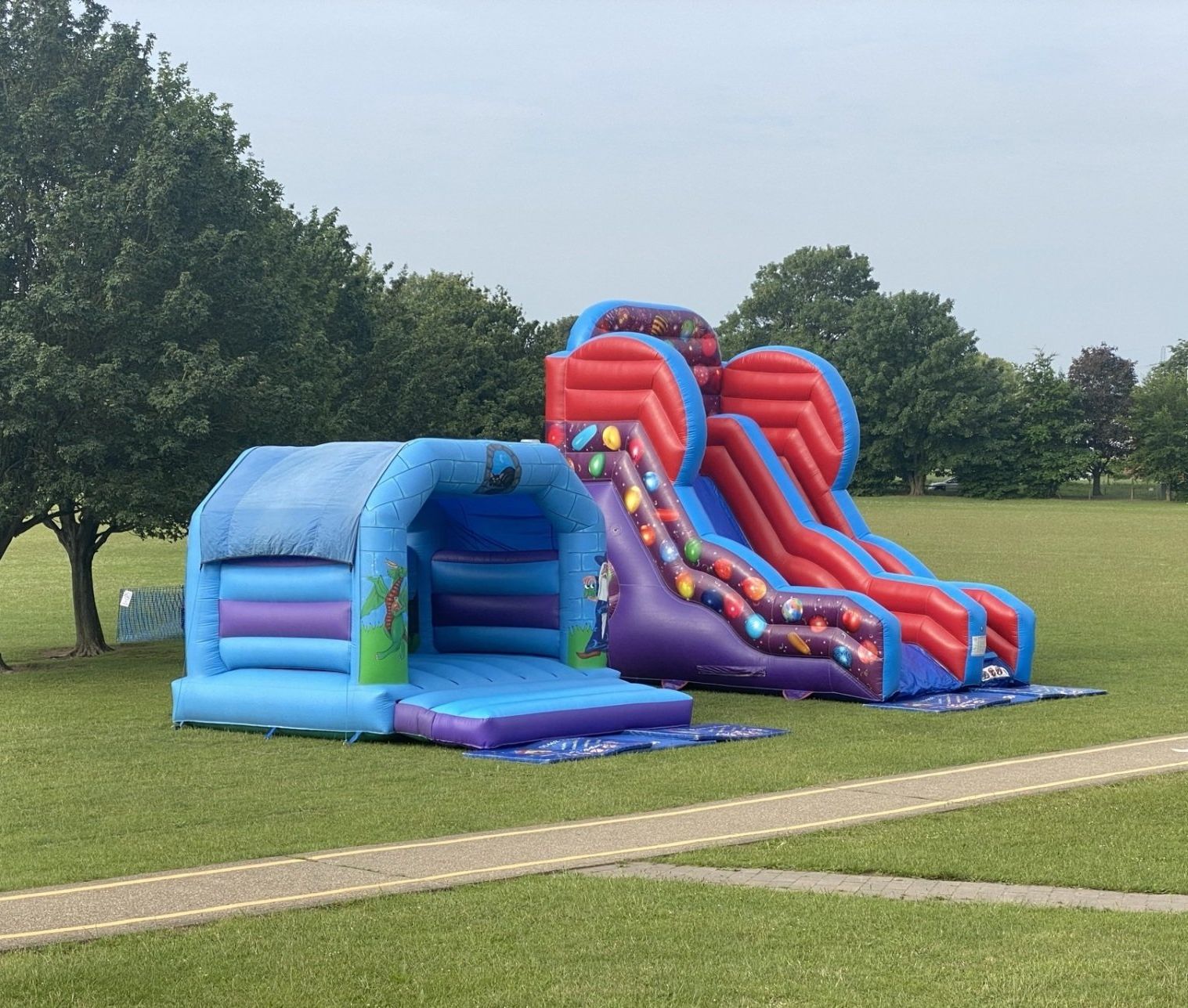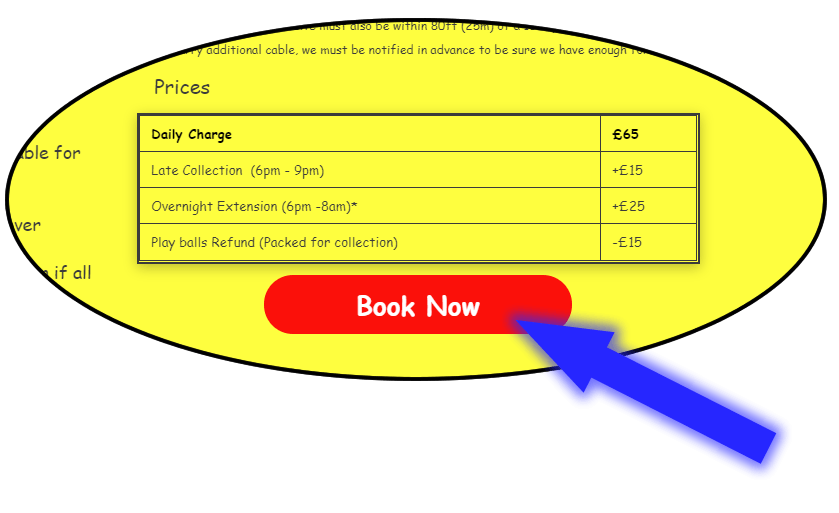Why Hard Standing Isn't Recommended for Bouncy Castles: Understanding Safety Risks
Our rules on Hardstanding inflatables
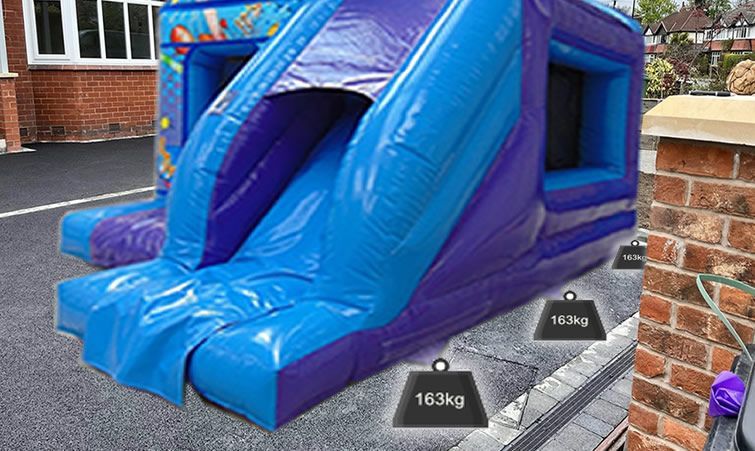
Introduction:
When setting up a bouncy castle for an event, choosing the right location is crucial for ensuring the safety of participants. While hard standing surfaces may seem convenient, they pose significant risks that can compromise the safety and stability of the inflatable. In this blog post, we'll explore why hard standing surfaces are not recommended for bouncy castles and the potential safety hazards they present.
*Lack of Impact Absorption:*
One of the primary reasons why hard standing surfaces, such as concrete or asphalt, are not recommended for bouncy castles is their lack of impact absorption. Unlike grass or turf, which provide a softer landing surface, hard surfaces do not cushion falls or absorb the impact of jumps and bounces. This increases the risk of injuries, particularly in the event of falls or collisions.
*Increased Risk of Injuries:*
Bouncy castles are designed to provide a safe and enjoyable experience for participants. However, when set up on hard standing surfaces, the risk of injuries significantly increases. Participants are more likely to experience bumps, bruises, and even fractures if they fall or collide with the hard surface beneath the bouncy castle. This can lead to serious accidents and liability concerns for event organisers.
*Poor Stability and Anchoring:*
Hard standing surfaces also present challenges when it comes to anchoring the bouncy castle securely. Unlike soft surfaces like grass, which allow stakes to be driven into the ground for anchoring, hard surfaces require alternative anchoring methods such as sandbags or water weights. However, these methods may not provide sufficient stability, especially in windy conditions, increasing the risk of the bouncy castle tipping over or becoming dislodged.
*Potential Damage to Equipment:*
In addition to safety concerns for participants, setting up a bouncy castle on hard standing surfaces can also result in damage to the equipment itself. The constant friction and impact against the hard surface can cause wear and tear on the bouncy castle material, seams, and stitching, leading to premature deterioration and the need for costly repairs or replacements.
*Impact on User Experience:*
Beyond safety and equipment concerns, choosing hard standing surfaces for bouncy castles can also impact the overall user experience. Participants may feel less comfortable and hesitant to jump and play freely knowing that they are on a hard surface. This can detract from the enjoyment and excitement of the inflatable and result in fewer participants engaging in the activity.
Conclusion:
While hard standing surfaces may seem convenient for setting up bouncy castles, they pose significant safety risks and challenges that cannot be overlooked. Event organizers and rental companies must prioritize safety by choosing suitable locations with soft, level surfaces for bouncy castle setup. By avoiding hard standing surfaces and adhering to safety guidelines, we can ensure that bouncy castles remain a fun and enjoyable activity for all participants, free from unnecessary risks and hazards.

